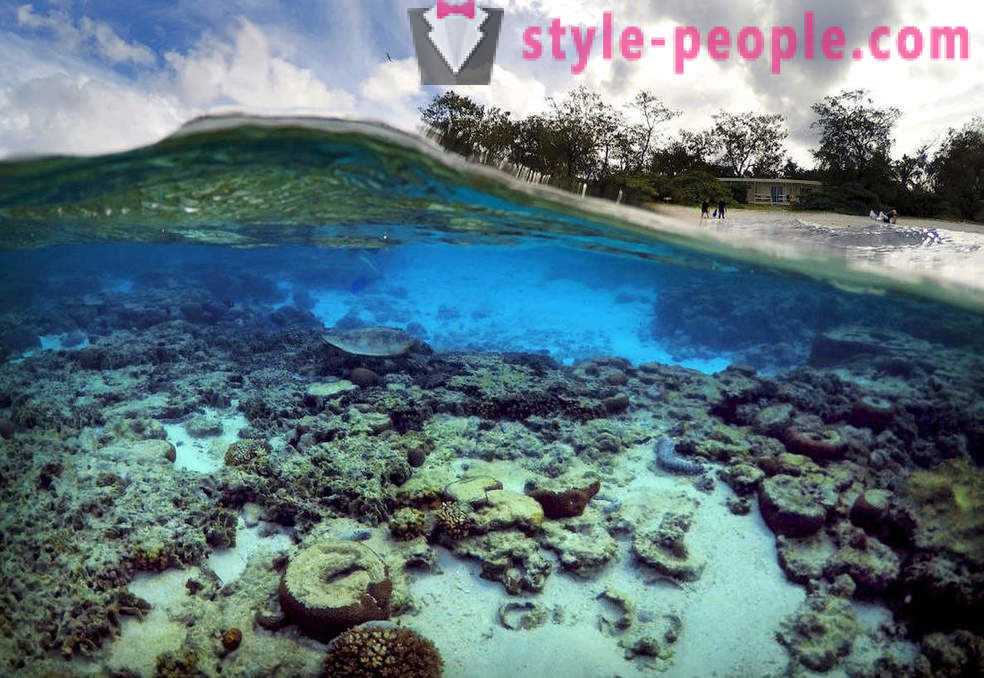Great Barrier Reef Photos
• The Great Barrier Reef in photographs
Great Barrier Reef - the world's largest coral reef and the largest in the world natural object formed by living organisms - it can be seen from space. He has over 2900 individual coral reefs formed from the 400 species of coral and 900 islands in the Coral Sea. The Great Barrier Reef stretches along the north-east coast of Australia to 2500 km and covers an area of about 344,400 square meters. km.
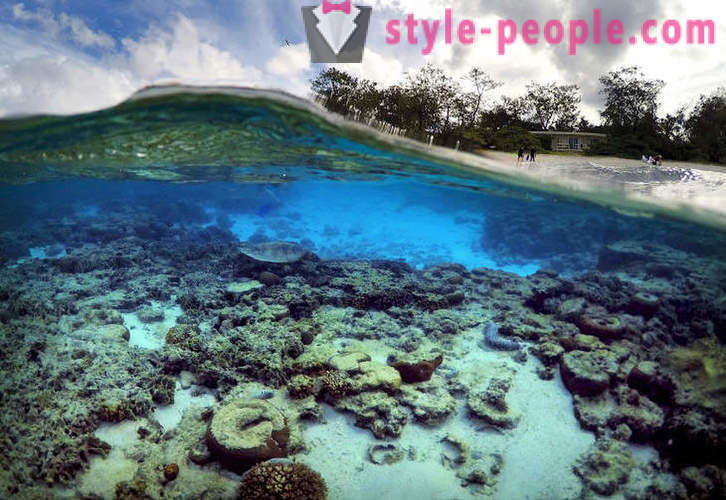
For the past three decades, the Great Barrier Reef has lost half of its coral.
The structure of the reef formed (built) of billions of tiny organisms known to science as corals. The Great Barrier Reef supports a huge variety of living organisms, and because of this in 1981 was chosen by UNESCO as a World Heritage site.
East coast of Australia. Harvey Bay Township, June 9, 2015. (Photo by David Gray):
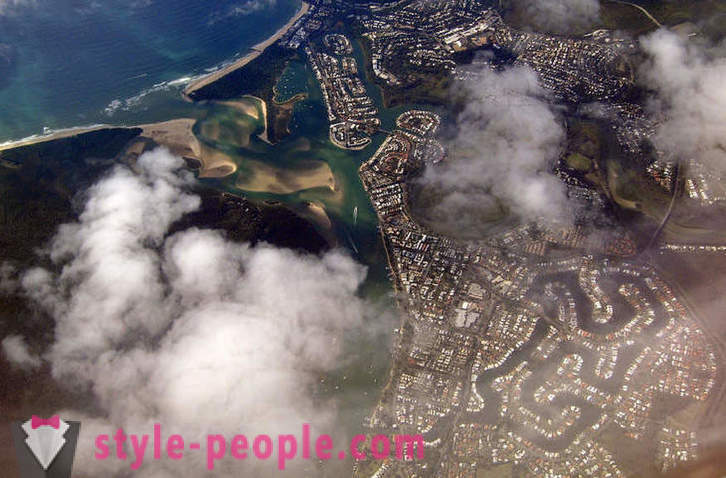
the Great Barrier Reef formed along a stable offshore platform, where a small depth and a slight displacement of the Earth's surface allowed to form vast colonies of reef-building corals. The modern history of its development lasts for about 8000 years. On the old foundation is still there are new layers. (Photo by David Gray):
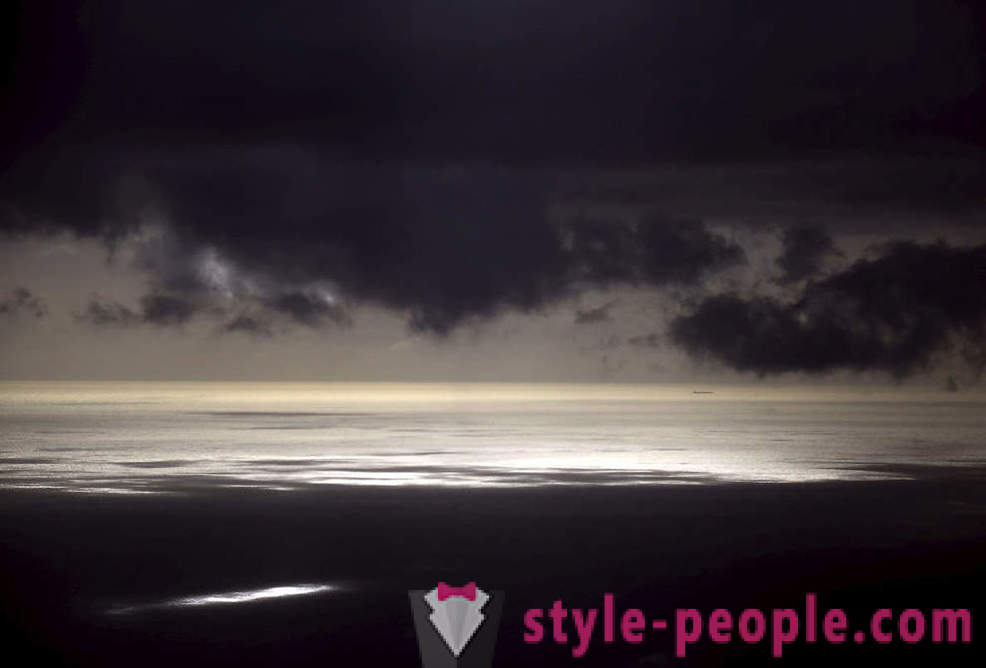
Much of the reef is under water (exposed at low tide). In the south, the reef is separated from the coast to 300 km. It is an island Lady Elliot Island - the southern-most coral island of the Great Barrier Reef off the east coast of Australia. (Photo by David Gray):
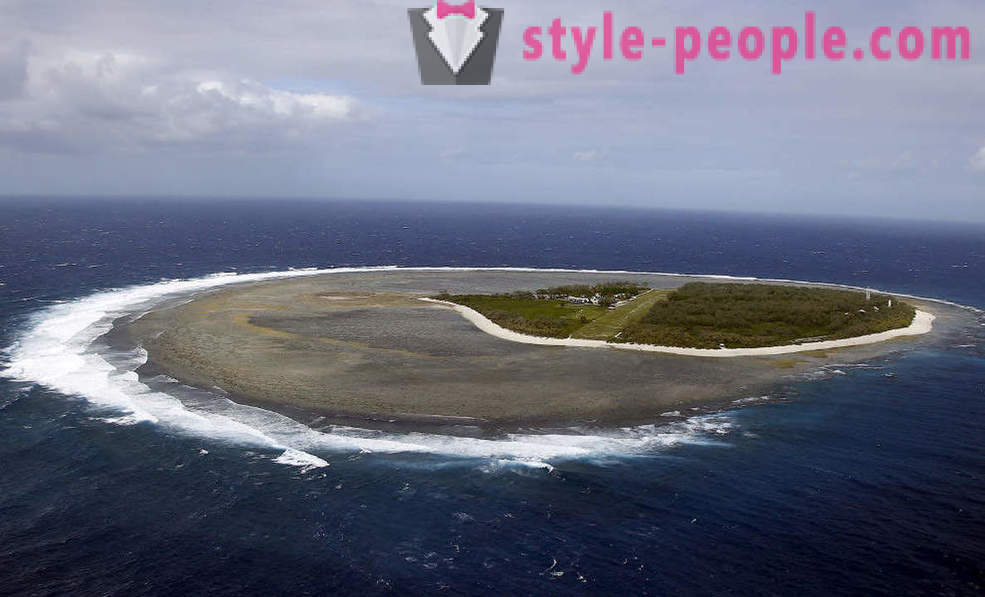
For most of its geologic history Australia was too cold, so that in its coastal waters could exist corals. However, about 65 million years ago in the late Cretaceous period, the continent broke away from Antarctica. Moving to the tropics of Australia coincided with the rise of the sea level, which has led to near its north-east coast of the conditions necessary for the formation of coral reefs.
Coral beach on the island of Lady Elliot Island. (Photo by David Gray):
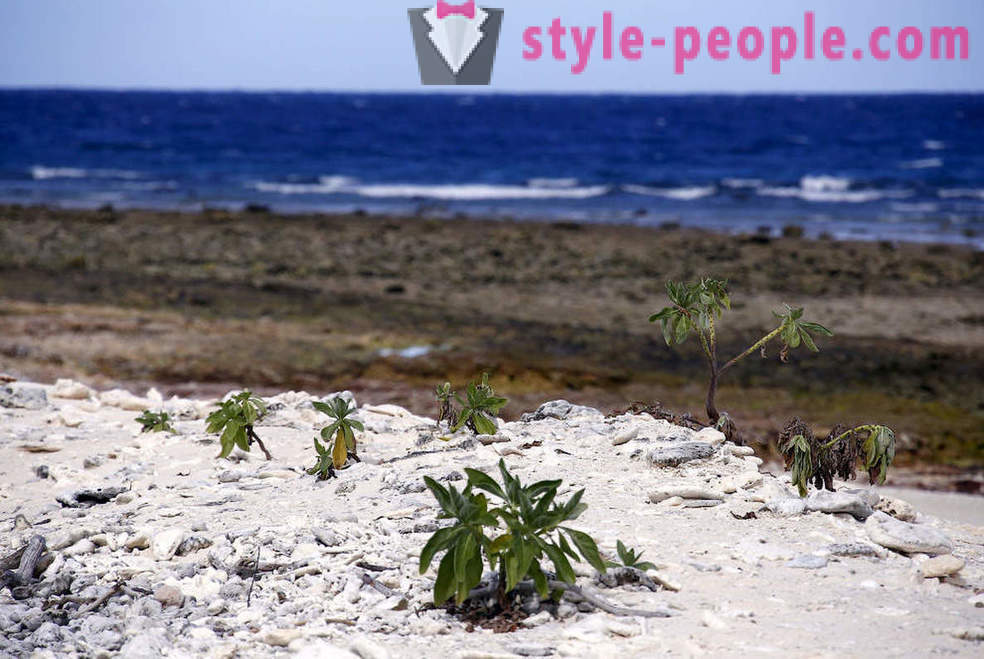
Age much of the reef does not exceed 400 000 years (in the rest of the time the sea level was too low), and some parts of it were formed over the last 200 years. The most rapid growth occurred in the past 8000 years.
Corals and shells on the beach on the island of Lady Elliot Island. (Photo by David Gray):
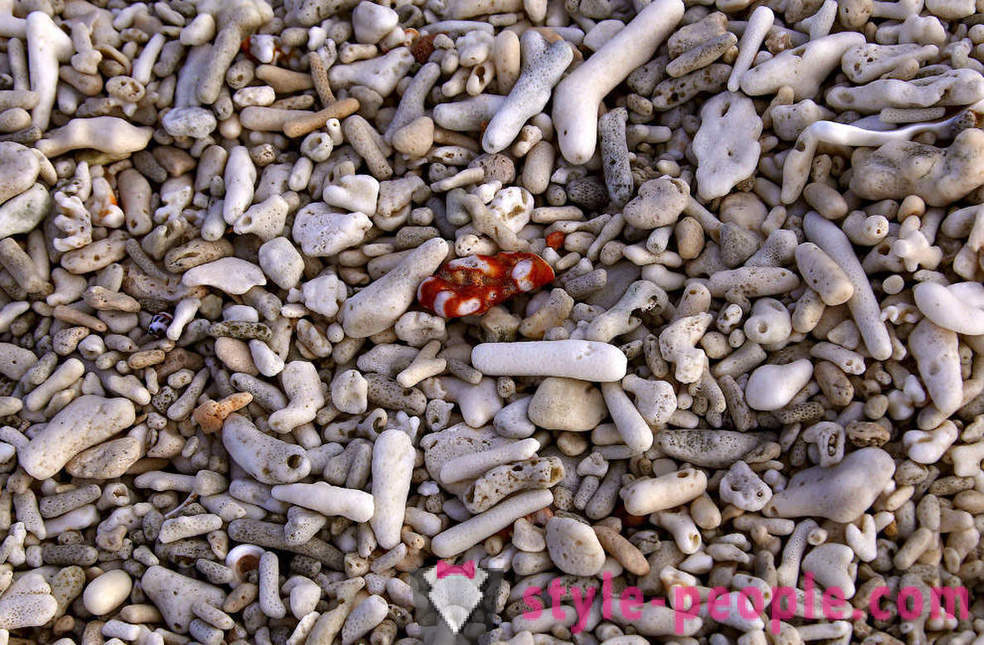
The vulnerability of coral reef ecosystems due to the fact that special conditions are necessary for the growth of corals. The water temperature should not be below 17, 5 ° C. (Photo by David Gray):
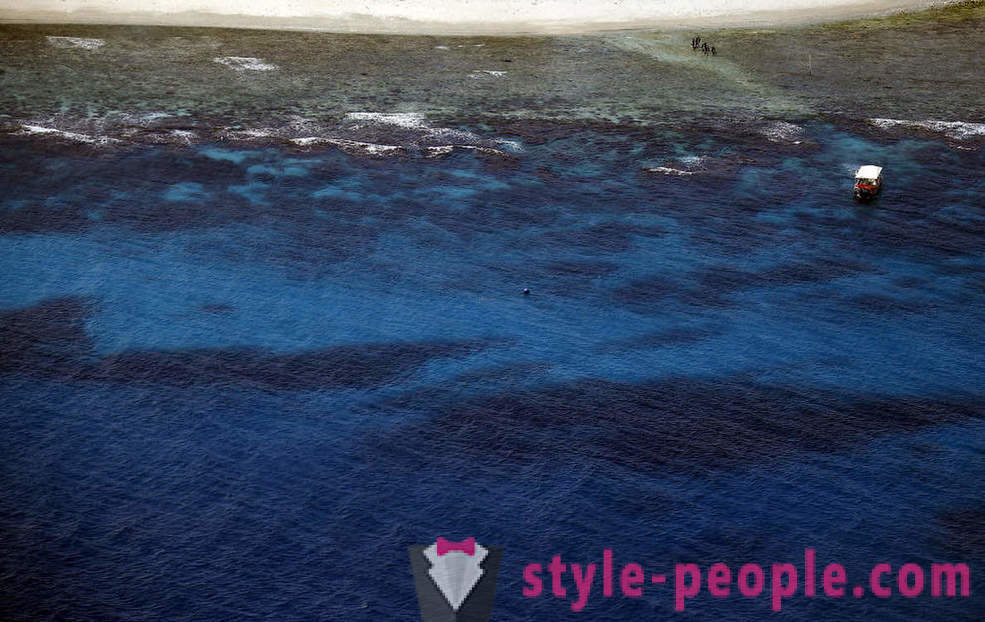
The Great Barrier Reef is the largest ecosystem in the world, because it is a colony of coral polyps. The development of this ecosystem depends on the conditions prevailing in the small, the rich sunlight waters off the coast. Towering above the surface of the coral islands, formed over millions of years from the remains of coral polyps. There are more than 400 species of coral. The Great Barrier Reef off the island of Lady Elliot Island. (Photo by David Gray):
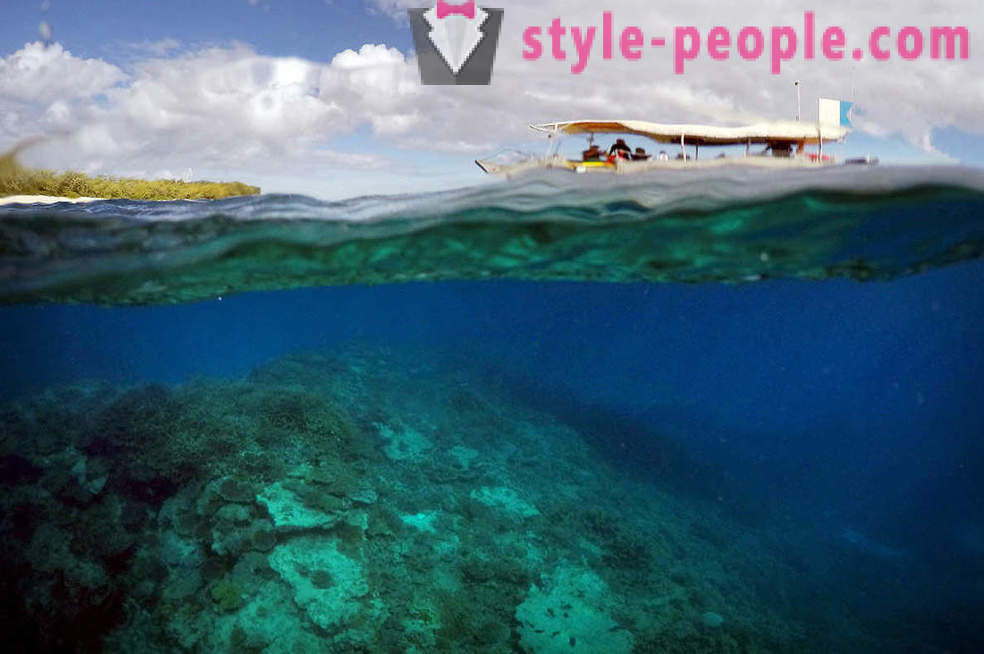
These days, the opportunity to see the underwater world of the Great Barrier Reef attracts people from all over the world. Over numerous reefs cruising pleasure craft with special viewing windows. Tourism is an important component of economic activity in the region, which brings more than $ 3 billion annually (Photo David Gray).:
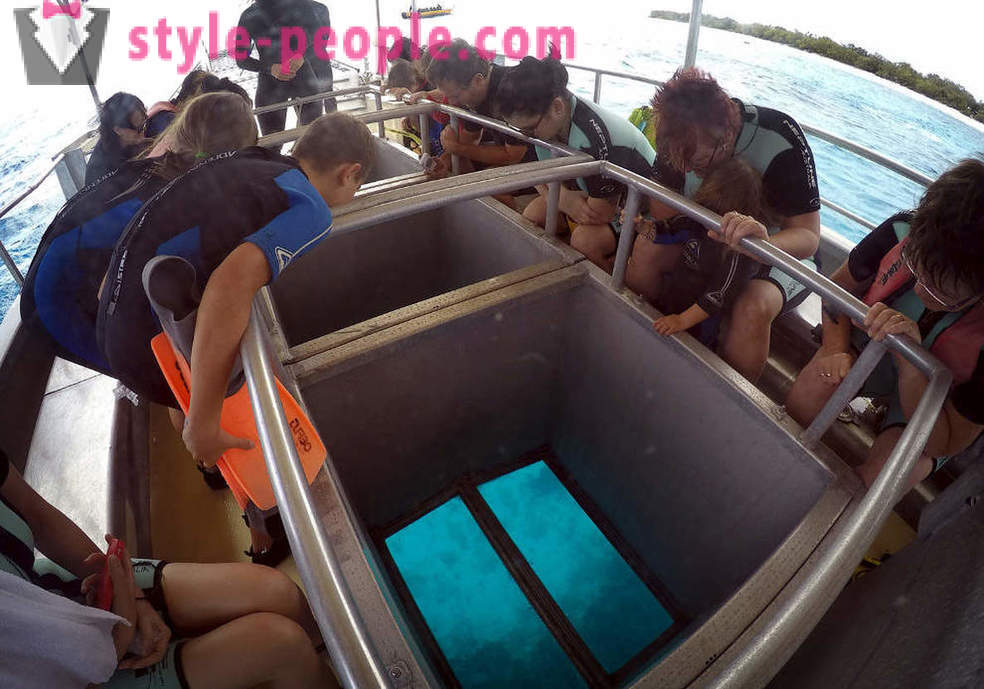
The main part of the reef is composed of more than 2900 individual reefs size from 0, 01 sq. km to 100 sq. km, which are surrounded by almost 540 hurdles forming more than 600 offshore islands, including 250 continental islands. (Photo by David Gray):
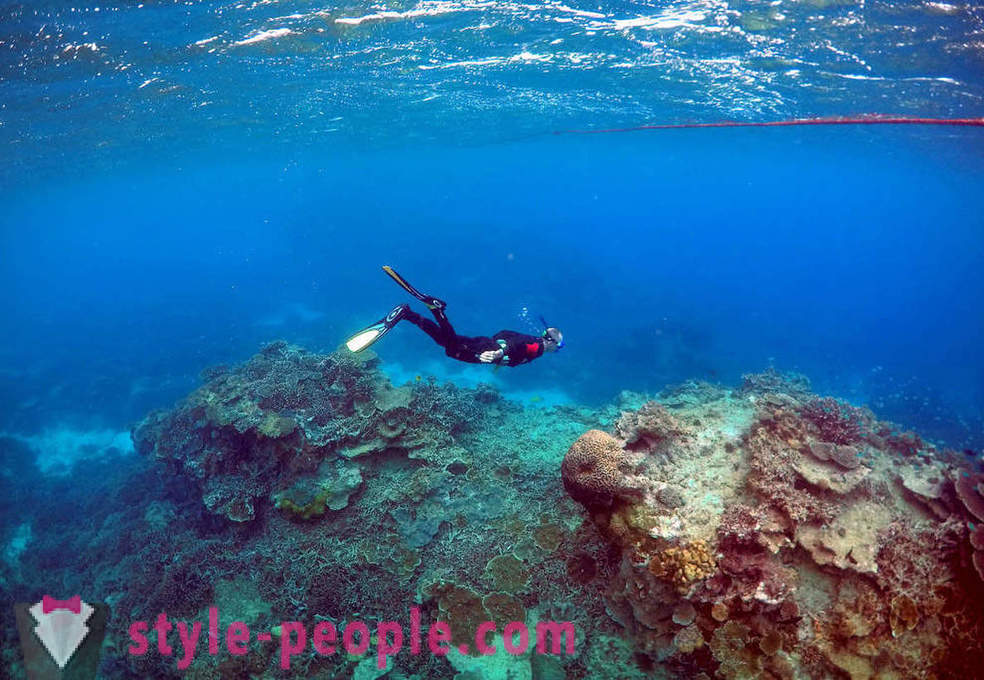
On the Great Barrier Reef is home to about 1500 species of marine fish. The number of species found only in large true reef fish, as much as possible adapted to life exactly in this ecosystem - about 500. It is home to the largest fish on earth - the whale shark. Southern Reef Islands - a place of breeding sea turtles. In the waters of the reef there are six of the seven species, all of which are threatened with extinction. (Photo by David Gray):
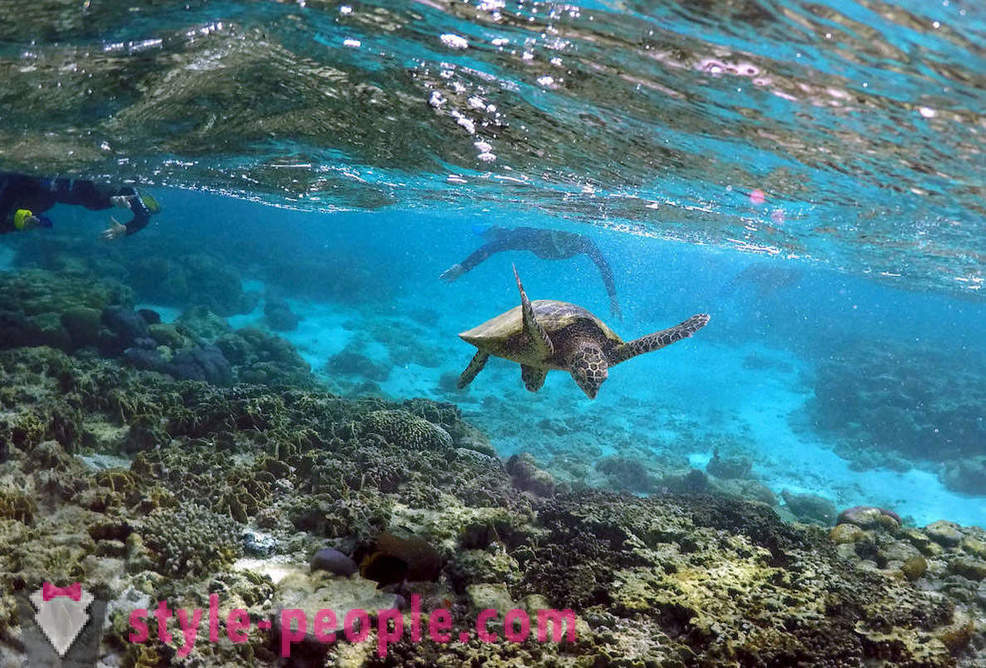
The Great Barrier Reef supports a huge variety of living organisms, and because of this in 1981 was chosen by UNESCO as a World Heritage Site. However, over the past three decades, the Great Barrier Reef has lost half of its coral. (Photo by David Gray):
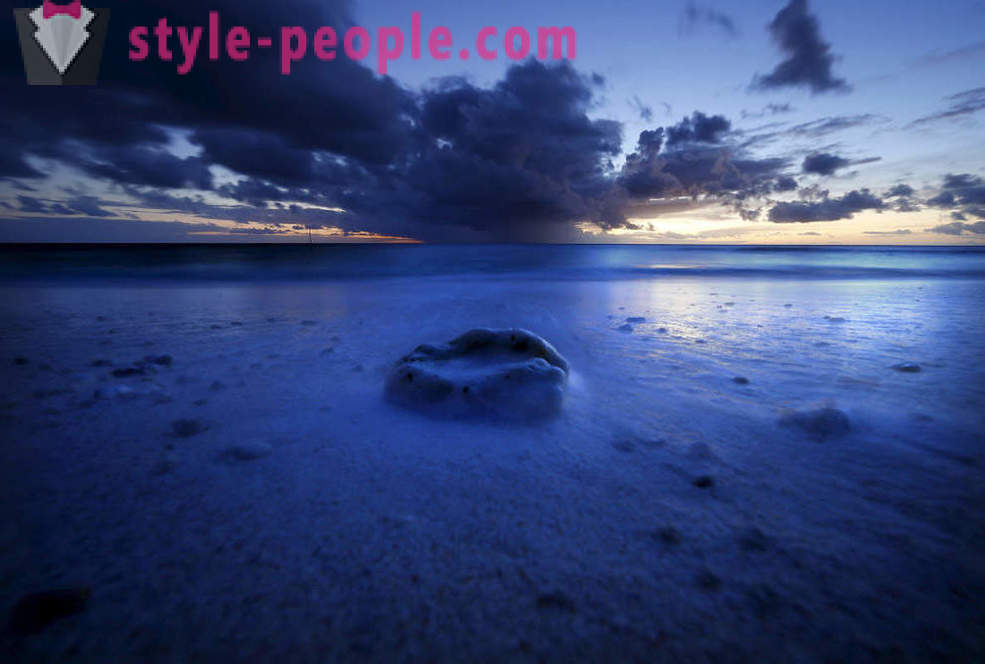
Huge damage the delicate balance of coral reefs cause tropical storms. No less harm caused to natural and other factors, including periodic bursts populations starfish "crown of thorns", feeding on coral polyps. In the early 1980s, these predators have caused severe devastation to the Great Barrier Reef.
These days, the coral reefs are most affected by human activities. And is a known risk of mass tourism. With the development of tourism infrastructure inevitably polluted coastal waters. (Photo by David Gray):
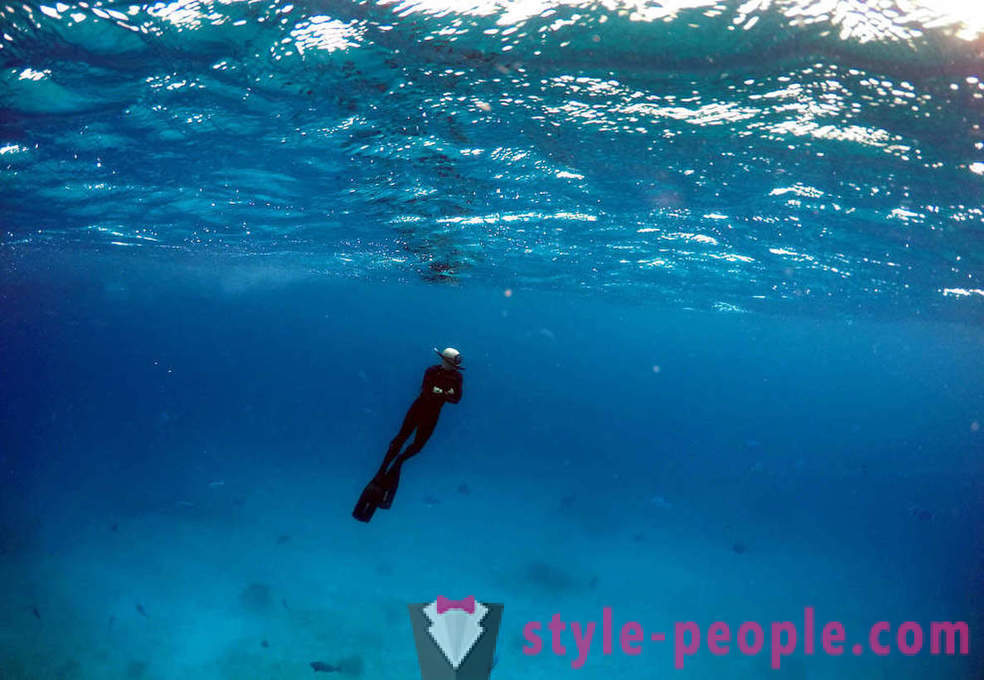
The Milky Way on the island of Lady Elliot Island. (Photo by David Gray):
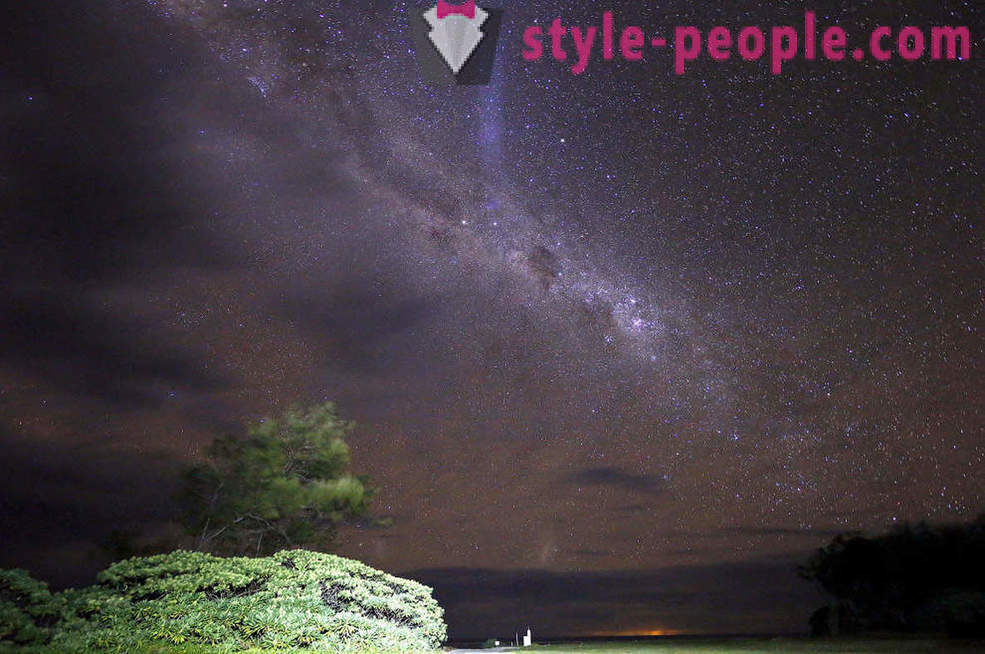
Most of the reef is protected under the Marine National Park, an area of more than 5 million hectares, which helps to limit the impact of anthropogenic factors (human activity), such as fishing and tourism. (Photo by David Gray):
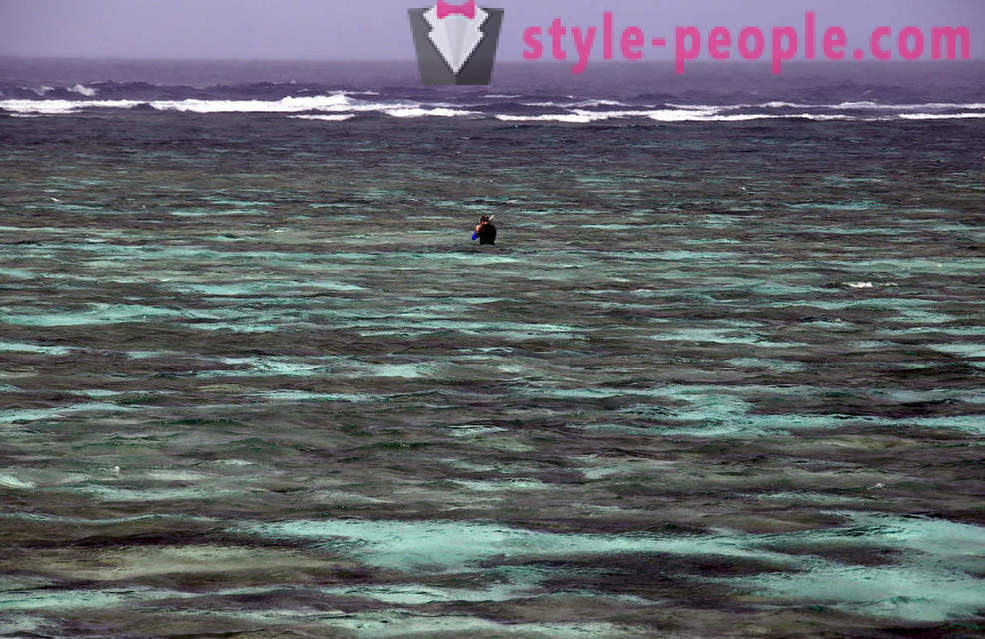
the Great Barrier Reef, Australia. (Photo by David Gray):
